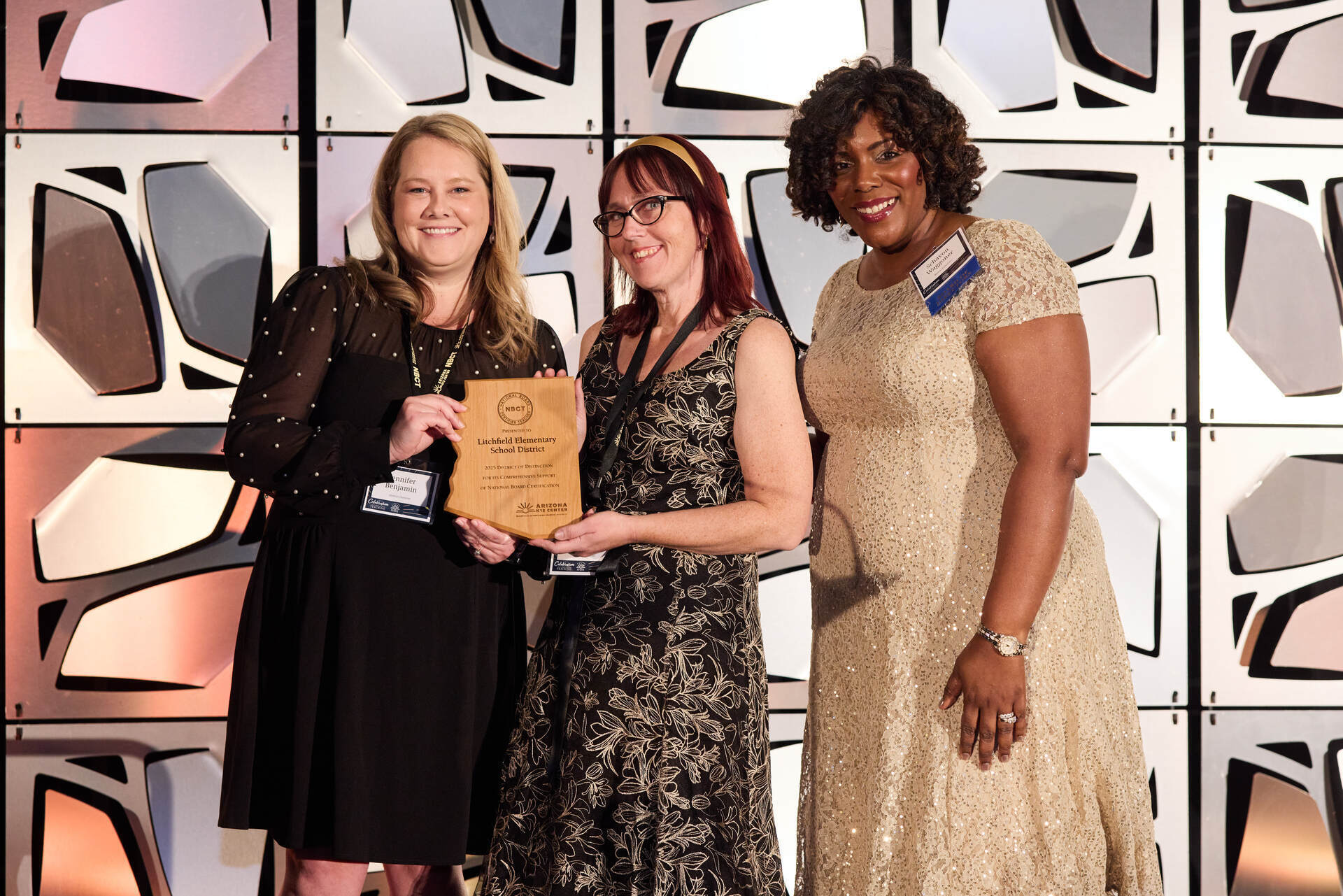July 1, 2016
How to Nurture Creativity in a STEM-Based World
These five tips can help fuel creativity to improve students’ communication, collaboration, and innovation.
If you’ve ever thought that STEM should be amended to “STEAM” — with an “A” for art — you’re far from alone. While STEM’s emphasis on science, technology, engineering, and math curriculum is a vital component to putting Arizona’s learners ahead of the global curve, creativity is an equally essential part of tomorrow’s leaders. If we hope to graduate innovative problem-solvers into an ever-competitive workforce, let’s not forget that there is still a great demand for creative thinkers in the world of STEM.
Deluding ourselves into thinking that scientists and engineers are characterized by hard facts and numbers alone isn’t doing us any favors in our classrooms. The truth is, jobs that fall under the STEM umbrella require tremendous creativity. The curricular trend to overlook fine arts and other “soft” skills will only hurt our students’ ability to communicate, collaborate, innovate, and express themselves. Creativity is the fuel for our statewide and national economy.
So how do we make sure we’re not dropping the ball when it comes to enhancing student creativity in a STEM-based world? Here are a few tips.
- Stop with the rote memorization. OK, OK. I know some things just need to be remembered by heart, but instead of drilling students to memorize and regurgitate factoids, let’s shift our lessons to focus on resourceful and critical problem solving. That’s where the creativity is fostered.
- Stop giving kids the answers. To piggyback on No. 1, the key to promoting creative thinking is giving our students enough freedom to brain-storm and grapple their way to resolve problems without the “right answer” being handed to them.
- Inspire individual motivation. The most powerful kind of motivation for anyone to learn is going to come from within. Work to ignite individual students’ curiosity and interests, and you’ll score the immediate reward of a student who continues wanting to learn more. We can appeal best to kids independently by digging into differentiation and adding more flexibility and personalization in our assignments.
- Shift your mindset. Keep in mind that all of our students are born with innate creativity, even if it manifests itself differently in every learner. That said, nurturing your students’ creativity has a lot to do with what not to do. Give each lesson and activity a once-over during planning to make sure it won’t stifle creativity.
- All hands on deck. It’s no wonder students’ favorite STEM lessons are so often the ones they retain the most information from. The time they constructed hydrogen-powered rockets? That team experiment they conducted on what materials might help clean up an oil spill? Engaging lessons that include multiple modalities, communication, and collaboration let students find themselves in their work.
In the constantly changing “real world,” scientists and engineers (and, well, everyone) need the capacity to use content area skills in innovative ways. Arizona’s teachers can do our part by embracing engaging teaching models that challenge our future workforce to tackle concepts with resourcefulness, innovation, and expression.
Want to learn more? The Art of Making explores how students can create, play, and engineer the world of STEAM.











